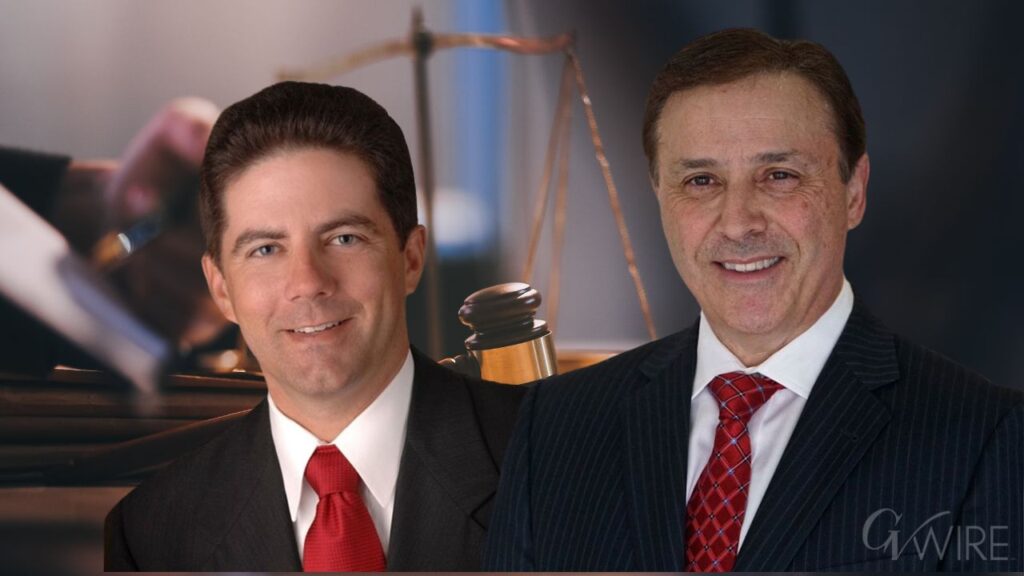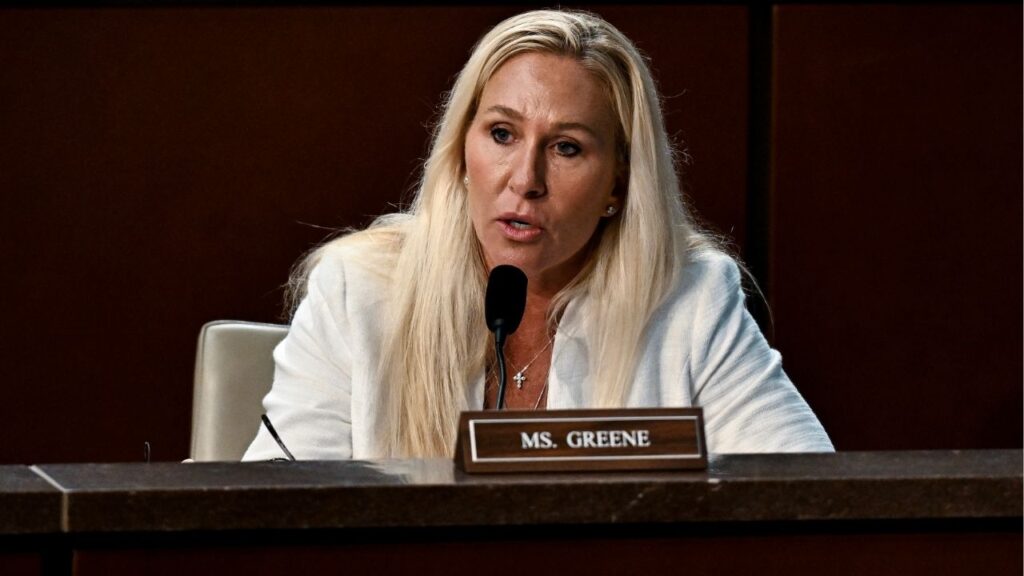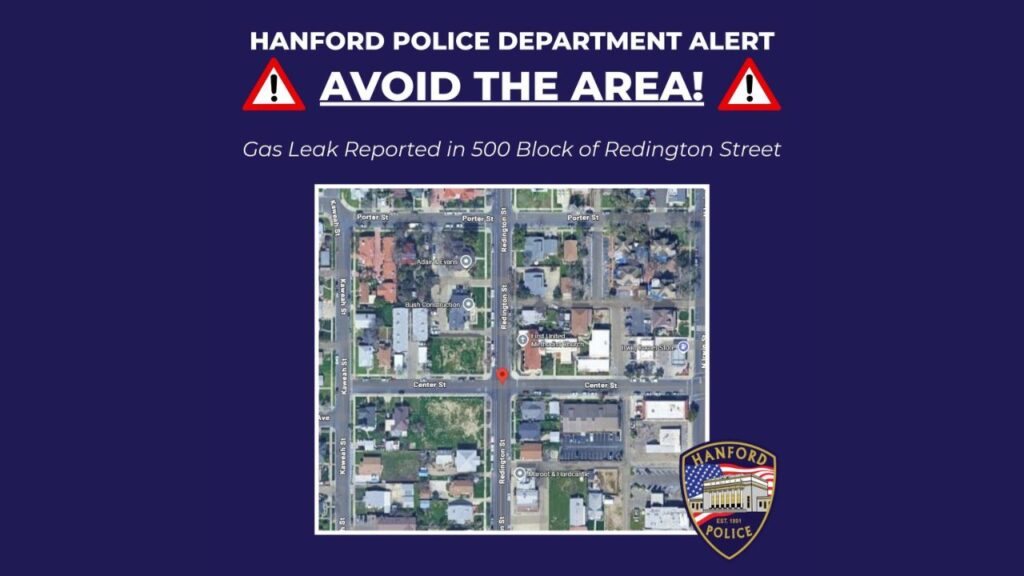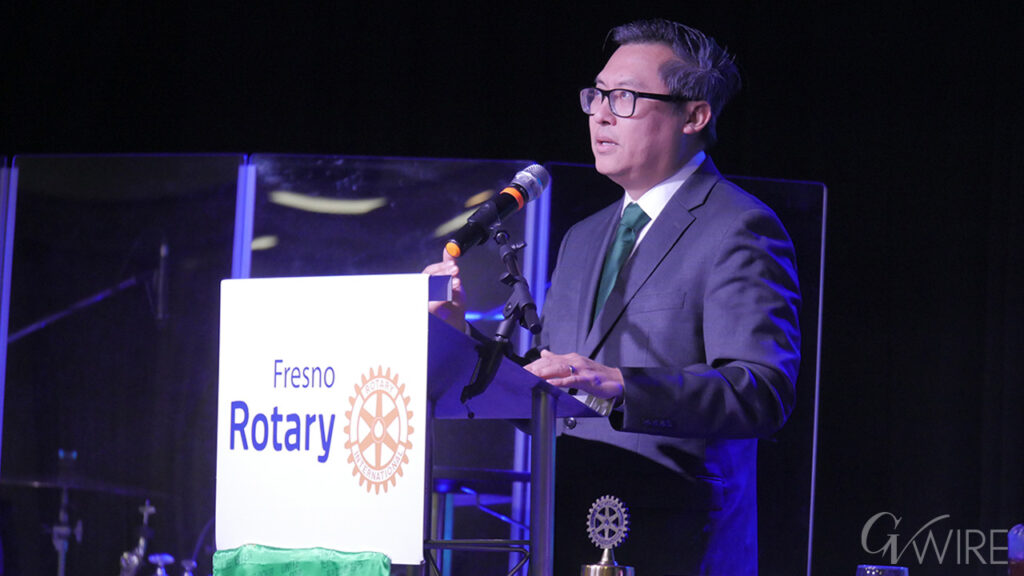Greg Markarian's workshop and the founding Fowler Pharaohs, Marvin Baxter and John Kahan, highlight Fresno's vibrant car culture, blending automotive artistry with a rich community legacy. (GV Wire/Dean Kirkland)

- Showcasing a 1932 sedan with a 540 Merlin engine and rare memorabilia, Greg Markarian's garage is a hub of car culture.
- Marvin Baxter and John Kahan, founders of the Fowler Pharaohs, share their history and impact on car culture, including ties to "American Graffiti."
- The Fowler Pharaohs car club continues to thrive with events, scholarships, and a commitment to preserving automotive history.
Share
|
Getting your Trinity Audio player ready...
|
Fresno’s car culture is a vibrant tapestry woven with threads of horsepower, grease, and community spirit. The Central Valley has long been a hotbed for automotive enthusiasts, producing legendary names like Blackie Gejeian and Al Pombo. Today, we’re in the heart of this tradition, at Greg Markarian’s garage, where the past meets the present in a spectacular display of automotive artistry. Joining us are Marvin Baxter and John Kahan, the original Pharaohs of the legendary Fowler Pharaohs car club. These gentlemen have more car stories than Jay Leno at a classic car convention.

Dean Kirkland
Central Octane
Greg Markarian’s Workshop
First up, Greg Markarian welcomes us with the kind of grin that tells you this guy has gasoline running through his veins. “This is my shop and my play area,” he says, making it clear that this is where the magic happens. And boy, does it ever. Front and center is his 1932 sedan, rocking a 540 Merlin engine with Hilborn injection. This bad boy churns out about 700 horsepower and 700 foot-pounds of torque. Markarian recounts tales of driving to the coast and tearing it up at Bakersfield’s March Meet and the Hot Rod Reunion like he’s reminiscing about high school prom.

Baxter and Kahan: The Founding Pharaohs
Enter Marvin Baxter and John Kahan, two legends in the car club scene. “We were just 17-year-old students at Fowler High School,” Baxter begins. Imagine these guys, knee-deep in grease and dreams, deciding to form the Fowler Pharaohs. “My dad had the Chevrolet Agency in Fowler, and John lived right across the street. We spent a lot of time with cars as kids.”
Related Story: Steve McQueen, a 1912 Indian, and Dan and Kathy Rouit’s Clovis Flat Track ...
Kahan chimes in with a laugh, “We decided to form a car club to share our love for cars and raise funds for charity. Our sponsor was a CHP officer, and our mission was clear — enjoy cars and give back to the community.” These guys made cruising down Fulton Street the social event of the season, complete with drag races and local talent shows.

The American Graffiti Connection
Now, here’s where it gets even cooler. The Fowler Pharaohs have a connection to the 1973 film “American Graffiti.” “When we formed the Pharaohs, we had no idea the name would become iconic,” Baxter says. “Then ‘American Graffiti’ came out, featuring a car club called the Pharaohs. It’s believed George Lucas might have seen one of our plaques.”
Related Story: A Half-Century of Roaring Passion: Cobras, Shelby Mustangs & The People ...
Kahan laughs, recalling the frequent misspellings of their club’s name. “Many clubs spelled it wrong, like the famous horse Pharoah,” he jokes. Despite the spelling errors, the Pharaohs’ influence spread far and wide, inspiring car clubs across the country and cementing their place in automotive lore.
Greg Markarian’s Unique Collection
Markarian’s garage is a treasure trove of automotive history. From gas pumps and neon signs to rare memorabilia, every piece has a story. He proudly shows us Al Pombo’s refrigerator, complete with racing stickers from Kearney Bowl. “This was Al’s beer fridge,” Markarian says with a grin. “His son Tony is a good friend of mine and gave it to me. I promised to keep it in the family if his kids ever wanted it back.”
Among the many highlights is a porcelain Shell sign that Markarian bought for $5,500, now worth an estimated $30,000. “I cried when I bought that,” he admits. “But I knew it was a once-in-a-lifetime find.”

A Fleet of Legends
Markarian’s collection extends beyond memorabilia to include some truly unique vehicles. One standout is a midget racer with a Harley motor. “I found it on eBay and bought it from Oklahoma,” he explains. “It’s got a 45 motor with high compression heads and a mag on it. They even welded a Stromberg carburetor on it.”
Another gem is a 1936 Ford pickup race hauler, equipped with an Isky cam, Offenhauser manifold, and Edelbrock heads. “This would have been the equivalent of a NASCAR hauler back in the day,” Markarian says. “It’s set up to vintage race, complete with a starter and seatbelts for safety.”
For those not in the know, parts like high compression heads, a camshaft, a carburetor, and a magneto ignition (or “mag”) were high-performance components available at the time that significantly boosted the power and efficiency of the engines. Remember, this was a time when AutoZone and O’Reilly’s weren’t on every corner, so they had to use whatever they could find.
Related Story: As the Flag Drops at Le Mans, Remembering the 3 Americans Who Won in 1978
Markarian also shows off his Cushman Eagle scooters. “These were the Harley wannabes,” he chuckles. “Kids got these when their parents didn’t want them to have a Harley.”
The Pharaohs Today
Baxter and Kahan reflect on the Pharaohs’ impact and the club’s activities today. “We meet once a month and go on car runs,” Baxter explains. “We also organize car shows and participate in local events like the Fowler Fall Festival.”
Kahan adds, “We’re committed to preserving car culture and passing it on to the next generation. We offer scholarships for students pursuing careers in the automotive field and support local high schools’ auto programs.”
The club’s diverse membership, ranging from young enthusiasts to seasoned collectors, is a testament to its enduring appeal. “We have a waiting list to join,” Baxter says proudly. “People come to us now, and the quality of members is outstanding.”

Preserving History and Inspiring the Future
As we wrap up the tour, it’s clear that Markarian, Baxter, and Kahan share a deep passion for preserving automotive history and inspiring future generations. Markarian’s garage, filled with meticulously restored vehicles and rare memorabilia, serves as a bridge between the past and present.
“Every piece here has a story,” Markarian says, his eyes scanning the room. “And I’m grateful to be able to share it with others.”
Baxter and Kahan nod in agreement. “The Pharaohs’ legacy is about more than just cars,” Baxter says. “It’s about community, friendship, and a shared love for this incredible hobby.”
A Future Bright with Chrome
As we step outside, Markarian’s towering “muffler man” statue greets us, its intimidating face a reminder of the garage’s unique collection. “That’s my prized possession,” he says with a smile. “When people see it, their faces light up. You can’t get that reaction with anything else.”
The sun begins to set, casting a golden glow on Markarian’s collection. It’s a fitting end to a day filled with nostalgia, laughter, and a profound appreciation for the artistry and dedication behind each piece in his garage.
For Markarian, Baxter, and Kahan, the journey is far from over. They remain committed to celebrating and preserving the rich tapestry of automotive history, one car at a time. And as they continue to inspire others with their stories and collections, the legacy of the Fowler Pharaohs lives on, stronger than ever.
Markarian’s garage is more than a collection; it’s a living, breathing tribute to the enduring passion for cars and the vibrant community that surrounds it. Through the stories of Markarian, Baxter, and Kahan, we’ve gained a deeper understanding of the Fowler Pharaohs’ legacy and the timeless appeal of classic cars. As we look to the future, their dedication to preserving automotive history and inspiring new generations ensures that the spirit of the Pharaohs will continue to thrive.


















